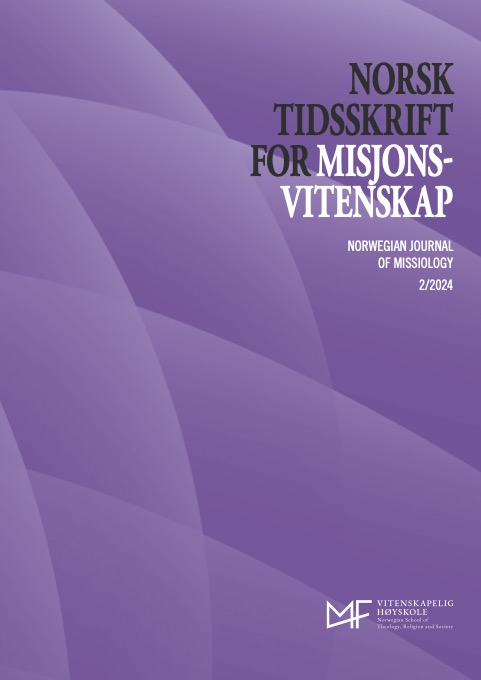Debating the Norwegian Mission to the Homeless
Kristian Bredesen’s Taterblod in Historical Context
DOI:
https://doi.org/10.48626/ntm.v78i2.5595Abstract
Established in 1897, the Norwegian Mission to the Homeless (Norsk Misjon blant Hjemløse) was for nearly a century a domestic Christian endeavour conducted in tandem with social welfare agencies in Norway to reach and assimilate members of the itinerant tater or Romani ethnic group, which they perceived as rife with social problems. However, its methods of social control, which included the forced placement of the o!spring of tatere in children’s homes, involuntary sterilisation, and in some cases lobotomies, eventually became the targets of strident criticism. The present article views this domestic mission primarily through the lens of a member of a tater family, Kristian Bredesen, who with his brother was removed from their parents’ custody in the 1920s, placed into a children’s home, and eventually became a teacher and superintendent of schools. His novel Taterblod, which to a great degree is a fictionalised account of his family of origin, does not paper over the dark side of the mission’s policies, but his criticism of this is tempered by his argument that for all its faults Norwegian Mission to the Homeless merits acknowledgment for rescuing many children from dire social circumstances in dysfunctional families that in many cases were involved in chronic criminal activities and su!ering from the consequences of alcoholism.
Nedladdningar
Statistik
##submission.downloads##
Publicerad
Nummer
Sektion
Licens
Copyright (c) 2024 Norwegian Journal of Missiology

Detta verk är licensierat under en Creative Commons Erkännande-Ickekommersiell-IngaBearbetningar 4.0 Internationell-licens.
Norsk Tidsskrift for Misjonsvitenskap er i dag et digitalt tidsskrift som er tilgjengelig gratis for alle. Artikler gjøres offentlig tilgjengelige med en såkaldt Creative Commons lisens CC BY-ND på tidsskriftets hjemmeside. Dette innebærer at alle står fritt til å gjenbruke artikkelen under forutsetning av at opphavspersonen blir navngitt.





